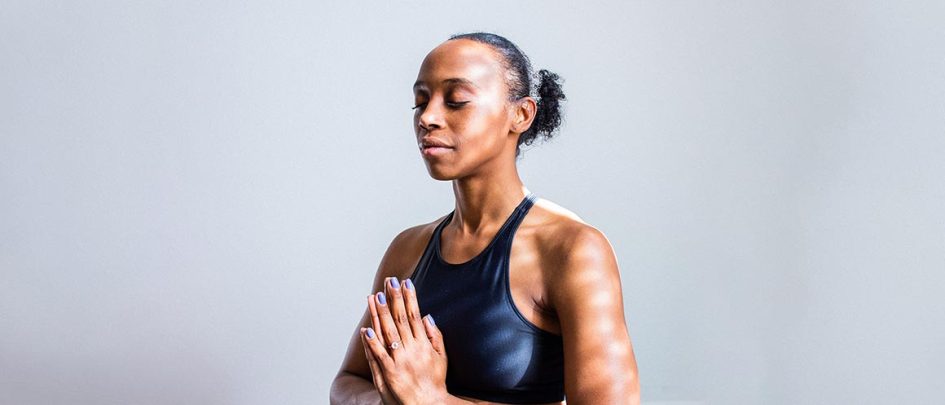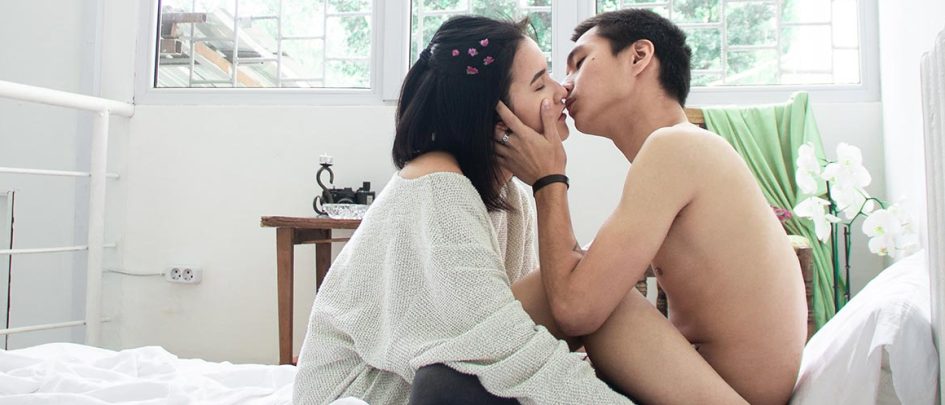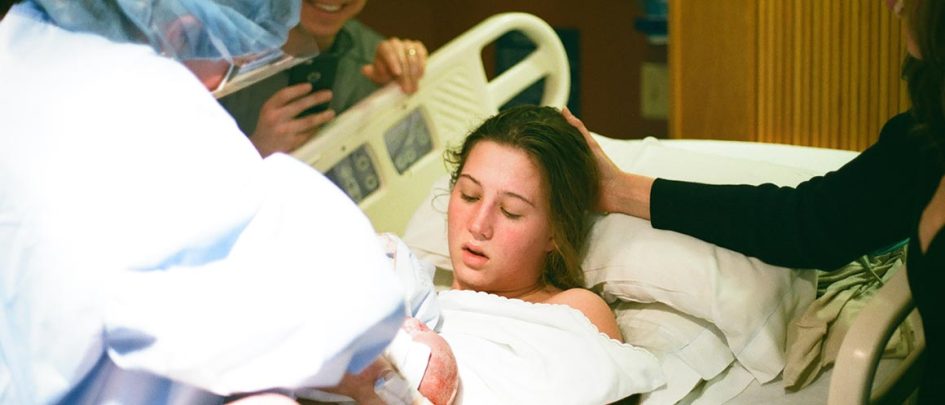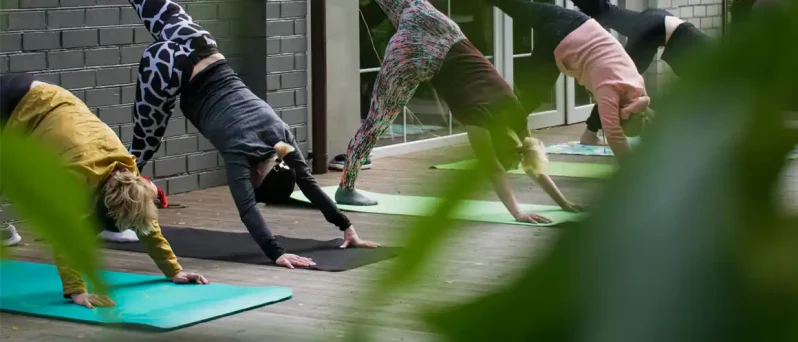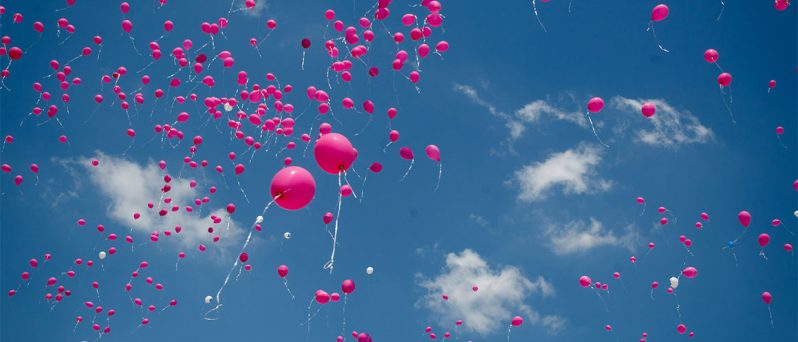Having a baby is a beautiful but an intensely tiring experience. After you’ve given birth, going for a jog is the last thing you’ll want to do. But as the weeks go on, you might feel keen to move your body more, especially if you were used to exercising before having your baby.
Exercising after giving birth has numerous benefits. It boosts your energy levels; protects you from aches and pains; improves your mental health and sense of emotional wellbeing. It increases your strength, stamina, and helps incontinence issues by regaining pelvic floor function and encourages your body return to how it was more quickly. Exercise can also improve the quality of your sleep – essential when you’re only getting a few hours a night!
When it comes to returning to exercise, the timing has to be right. It’s crucial for your recovery to make sure that you’re listening to your body. Read on for our top tips for exercising after giving birth
Stress incontinence – leaking after giving birth
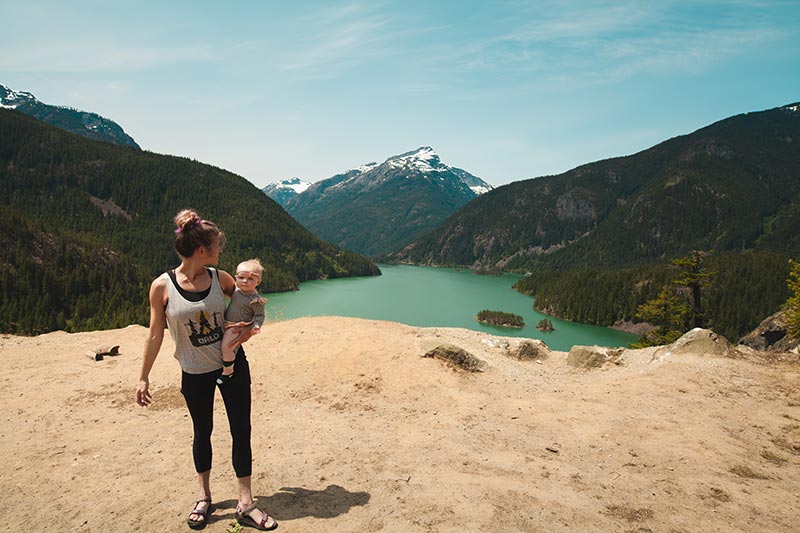
Often, new mothers find that they leak when they laugh, cough, sneeze, run or jump. Whether it’s only a splash of urine (Stress Incontinence) or whether you’ve found your whole bladder has emptied (Void Incontinence), it’s important to talk a healthcare professional who can recommend the best course of action.
Pelvic floor exercises will help build your pelvic floor strength back up. For the majority of new mums, these exercises are instrumental in maintaining bladder control after giving birth.
You can start doing pelvic floor exercises during pregnancy – and can continue to do them straight after you’ve given birth, as long as you haven’t had a urinary catheter installed. However, if you feel any pain at all, stop and consult your midwife, a nurse or a physiotherapist.
High intensity exercise – wait for six weeks!
It’s recommended that you wait until after your six-week postnatal check before you start any high-impact exercise, such as aerobics or running. This is partly because of pelvic floor health.
When you go for a run, especially on hard surfaces like tarmac, the pressure from hitting the floor drums up your leg and into your pelvis. The muscles of the pelvic floor might not contract properly, which can cause leaks if you experienced pelvic trauma during birth.
Don’t worry though! Stress incontinence is incredibly treatable. Pelvic floor exercises coupled with physiotherapy can solve the majority of cases of stress incontinence – in fact, 84% of women are cured of stress incontinence after 6 session of pelvic floor physiotherapy.
If this sounds like you, be sure to seek some professional advice. In the meantime, Natracare’s Dry & Light incontinence pads are a range of pads designed to help cope with bladder leaks. The pads are breathable, plastic-free and made with natural materials, so you can wear them during exercise, too.
The tummy gap – or ‘diastasis recti’
After giving birth, it’s common for your so-called ‘6 pack muscles’ to stretch apart, creating a gap. It happens because these muscles are stretched during 9 months of pregnancy and become strained during labour. This doesn’t happen to everybody, but it is quite common. This separation leads to a bulge, usually below the belly button. This is called diastasis recti, or divarication.
If you think you might have diastasis rectis, it’s important that you get checked by a professional. Avoid exercises which can cause your stomach to bulge outwards, such as sit-ups, planks and straight-leg raises.
Your midwife can check your belly to see if you have diastasis recti. If the gap remains the same after 10 weeks, ask your doctor to refer you to a women’s health physiotherapist. A physiotherapist will show you exercises to help shrink the gap and return to normal.
It’s also a good idea to be mindful when lifting your baby in and out of their cot, car seat or the bath. You can read our blog with tips on bathing and washing your baby.
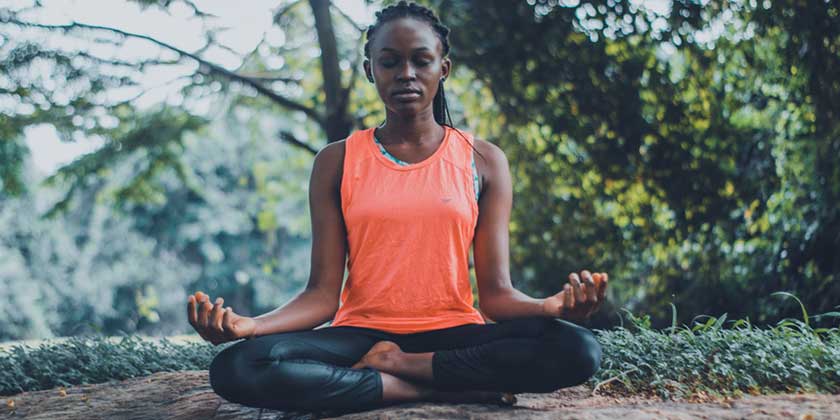
Pilates and yoga
Pilates and yoga are both especially good ways of strengthening and toning your body after giving birth.
They’re both gentle and low impact forms of exercise, and you remain in control of how hard you push yourself. If you don’t feel ready to go to a class yet or want to exercise whilst your baby is napping, there are plenty of tutorials for post-pregnancy yoga and pilates on Youtube.
If your class is not specialised towards new mums, tell the instructor that you’ve recently had a baby so they can adjust any moves or postures appropriately for you.
Swimming
Swimming is great exercise for after you’ve given birth. The full body support from the water means your body gets a work out without necessarily pushing too hard.
You’ll need to wait until seven days after your postnatal lochia (bleeding after birth) has stopped. Depending on how your pelvic floor and vagina are healing, you might be more vulnerable to infections from the water.
If you have any tearing or stitches, it’s also a good idea to wait until you are fully healed before you dive in! If in any doubt, ask a healthcare professional.

Join other mums!
A great way to exercise while meeting others in your position is to join an exercise class specifically for new mums.
Lots of post-natal classes let you do the exercise class with your baby at your side. Some even include your baby and their buggy as part of the workout, such as Buggyfit. Others are more socially-focused, such as walking groups.
Ask your health visitor, friends and family if they know of any local groups in your area!
Listen to your body – it will have changed
Not every body is the same, and not every birth is the same. Be guided by how you feel and how much energy you have. A mum who’s recovering from an assisted birth, or a caesarean, will feel different and have different recovery symptoms from a mum who’s had a straightforward vaginal birth.
Anything that feels wrong probably is – so take it easy.
A few points to remember:
- Get plenty of rest, and drink lots of water. It seems obvious, but if you’re breastfeeding, you’re going to be more tired and dehydrated than you might be used to.
- Take time to warm up and cool down – this is vital, especially as your muscles will have been affected by pregnancy, labour and all of the hormones that come with both!
- If you had a caesarean section, your recovery time will be longer, so talk to your midwife, health visitor or GP before starting anything too strenuous.
- If your postnatal bleeding (lochia) gets heavier or changes colour (becomes pink or red) after activity, you could be overdoing it.
- If you experienced lots of back pain or pelvic pain whilst pregnant, talk to your GP or book in to see a physiotherapist before you start exercising again.
- If you anything is not quite right, or if you lose or gain a lot of weight very quickly, then make sure that you speak to your midwife or other health care professional.
- Begin slowly and increase your pace gradually – as the saying goes, slow and steady wins the race! You may feel frustrated at first that you’re not capable of the same things you were, pre-pregnancy. The human body is amazing and you’ll be back up to speed in no time!
Do you have any post-natal exercise tips for new mums? We’d love to hear them 👇

